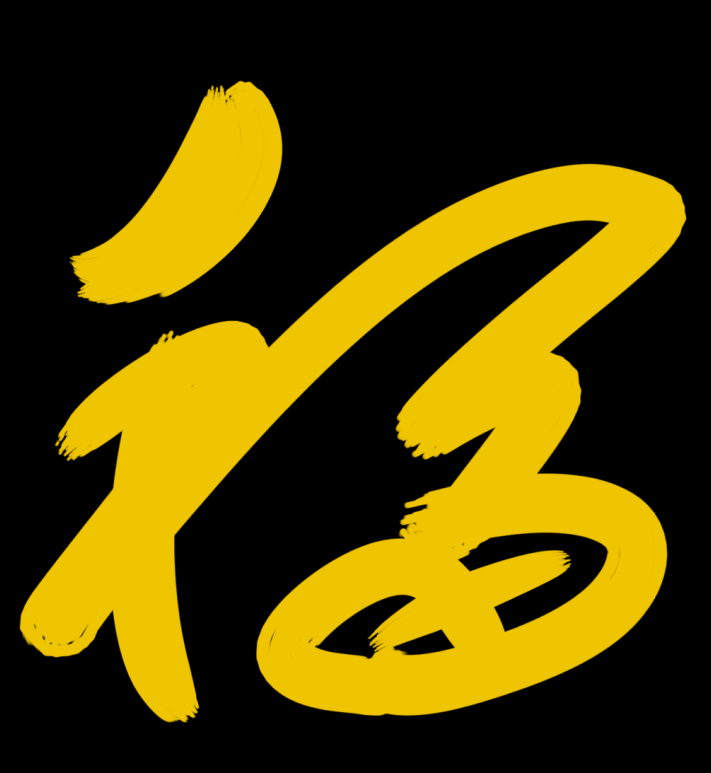Anyone around read Chinese? Want an opinion

Doing a drawing for the Lunar New Year and would like to know if this Hanzi looks ok. I'd rather write it by hand than copy/paste it if possible.
Tagged:
Howdy, Stranger!
It looks like you're new here. If you want to get involved, click one of these buttons!


Comments
福
You can see some more typical/traditional as well as some more artistic representations of it in an image search, such as here: https://duckduckgo.com/?q=福&t=ffsb&iax=1&ia=images
If you want it to look like more formal (non-cursive) brush strokes, try using this as a model: http://shufa.supfree.net/k/118661.gif ; Note that lines that seem like they "should" be horizontal/vertical and straight are frequently stylized in normal handwriting, into what you see. (Contrast Korean, where they stay straight.)
Here is an archaic version of it: https://upload.wikimedia.org/wikipedia/commons/thumb/e/e5/福-seal.svg/300px-福-seal.svg.png . Not commonly used.
Upside-down versions of it, such as this: http://www.templatebank.com/images/creators/preview/002_0057_L.jpg , are based on a pun. The character means "good luck", and the word for "arrive" is a homophone of the word for "invert", so inverting this character is like saying "good luck arrives" or "may good luck arrive here".
What are you trying to use this for?